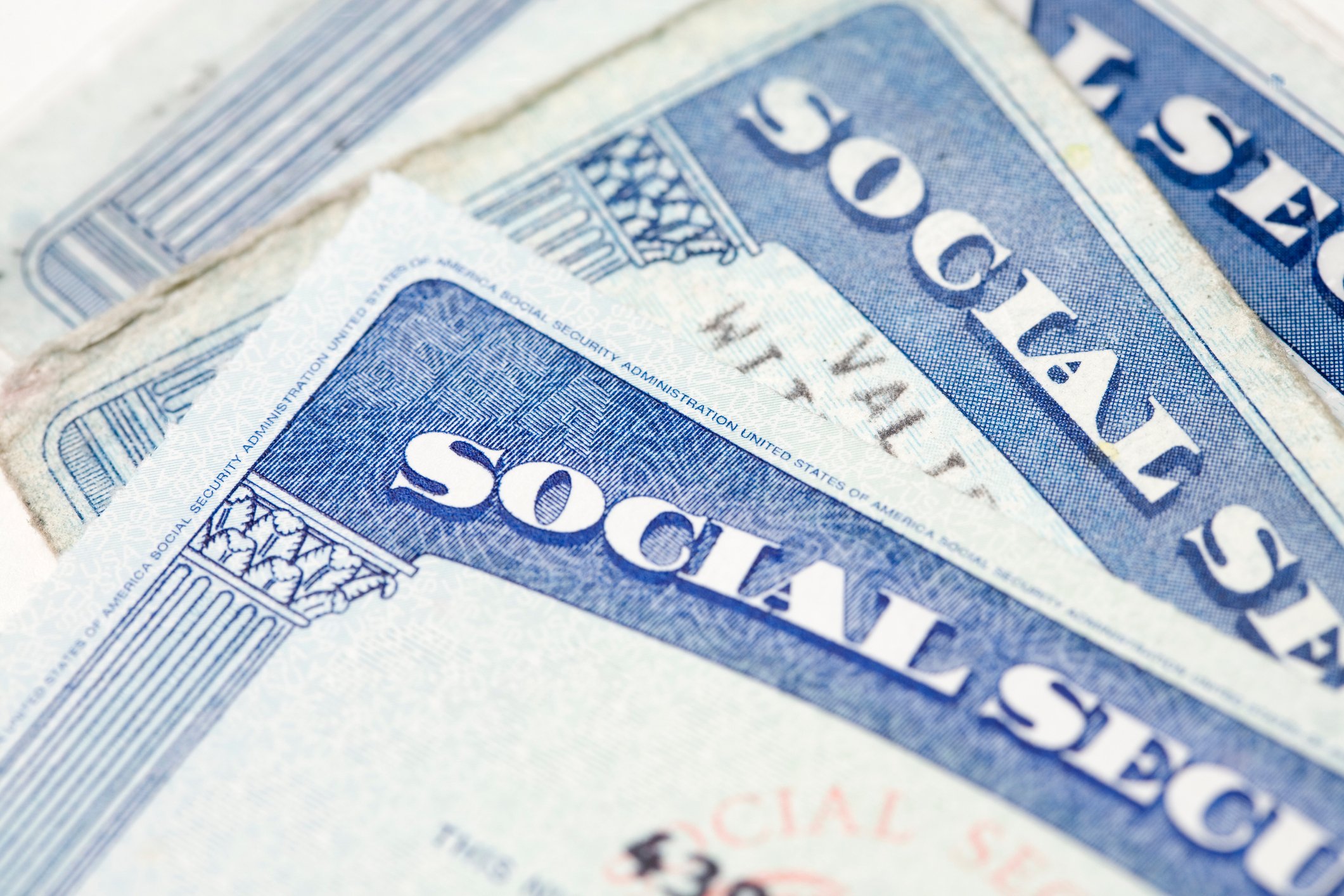Tax-deferred retirement account contributions reduce your taxable income for the year, but you don't get out of paying taxes on that money indefinitely. Even if you don't really need to withdraw these funds in retirement, the government forces you to once you turn 70 1/2. The amount you must withdraw is your required minimum distribution (RMD), and it depends on your retirement account balance and your age. You can calculate your RMD by dividing each retirement account balance by the distribution period next to your age in this worksheet.
RMDs might force you to withdraw more money from your accounts than you want to, but failing to take them results in a 50% penalty on the amount you should have withdrawn, so it's not a smart option. The best thing you can do is take steps to reduce them using one or more of the strategies below.

Image source: Getty Images.
1. Take distributions before age 70 1/2.
Withdrawing money from your retirement accounts before reaching age 70 1/2 will reduce your average account balance, which will in turn reduce your RMDs. When you withdraw money under 70 1/2, you're free to do so at your own pace, so you can take out as little or as much as you'd like.
This gives you greater control over how much you pay in taxes each year, because you can alter your withdrawal amount somewhat to keep yourself in a lower tax bracket. If you see you're approaching the top of your current tax bracket, you can rely upon other sources, like Roth savings, to get you by for the rest of the year.
2. Keep working past age 70 1/2.
Seniors who keep working past age 70 1/2 do not have to take RMDs from defined contribution plans, like 401(k)s, as long as they do not own more than 5% of the company they work for. RMDs kick in for these accounts in the year you retire. You may have larger RMDs at this point because your retirement account balance will presumably be higher if you haven't been using its funds.
You are still required to take RMDs from traditional, SEP, and SIMPLE IRAs at 70 1/2 even if you are still working and own less than 5% of the company you work for, so working won't get you out of RMDs completely. But you'll still reduce yours a little because you won't have to take them from all of your accounts. Obviously, if you don't have any IRAs, you don't have to worry about RMDs at all until you retire.
3. Contribute to a Roth IRA.
Roth IRAs are not subject to RMDs because you already paid taxes on your contributions the year you made them, so there's nothing for the government to take. Curiously, Roth 401(k)s, which are also funded with after-tax dollars, do have RMD requirements, but you can get around these by rolling your Roth 401(k) over into a Roth IRA.
Roth IRAs don't make sense for everyone. They're a good fit if you believe you're in the same or a lower tax bracket now than you will be in once you retire. But tax-deferred accounts might help you save more on taxes overall if you believe you're in a higher tax bracket today than you will be in once you retire. Yes, you'll have to deal with RMDs then, but you may lose a smaller percentage of your income to the government than you would have if you'd contributed primarily to Roth accounts during your working years.
4. Contribute to a health savings account.
You might not think about health savings accounts (HSAs) as retirement accounts, but they're one of the best places to park your cash. Your contributions reduce your taxable income for the year, and if you use the money for medical expenses, you won't pay taxes on it at all. You can use it for nonmedical expenses too, but then you'll owe income taxes, plus a 20% penalty if you're under 65. Though the HSA bears a strong resemblance to a traditional IRA with extra benefits, the government doesn't force you to take RMDs from it, so you can leave your money in it indefinitely.
Only certain people can contribute to an HSA. You must have a high-deductible health insurance plan, which is defined as one with a deductible of at least $1,400 for an individual or $2,800 for a family. Individuals may contribute up to $3,550 in 2020, and families may contribute up to $7,100.
5. Donate your RMDs to charity.
If you cannot avoid your RMDs, you could try donating them to charity to prevent them from raising your tax bill. The IRS allows charitable donations from an IRA of up to $100,000 per year. These donations may be tax deductible if you choose to donate to a qualifying tax-exempt organization, like a 501(c)(3) organization. You must also keep records of your donation in the form of receipts, credit card or banking statements, and signed acknowledgment from the organization if you're donating more than $250. You don't have to submit this paperwork with your taxes, but if you're audited, the government could disallow any deductions you can't prove.
Even if retirement is a long way off, it doesn't hurt to start thinking about RMDs. Planning for them will help you choose the right retirement accounts and make smart financial decisions that help minimize your tax bill in your senior years.





